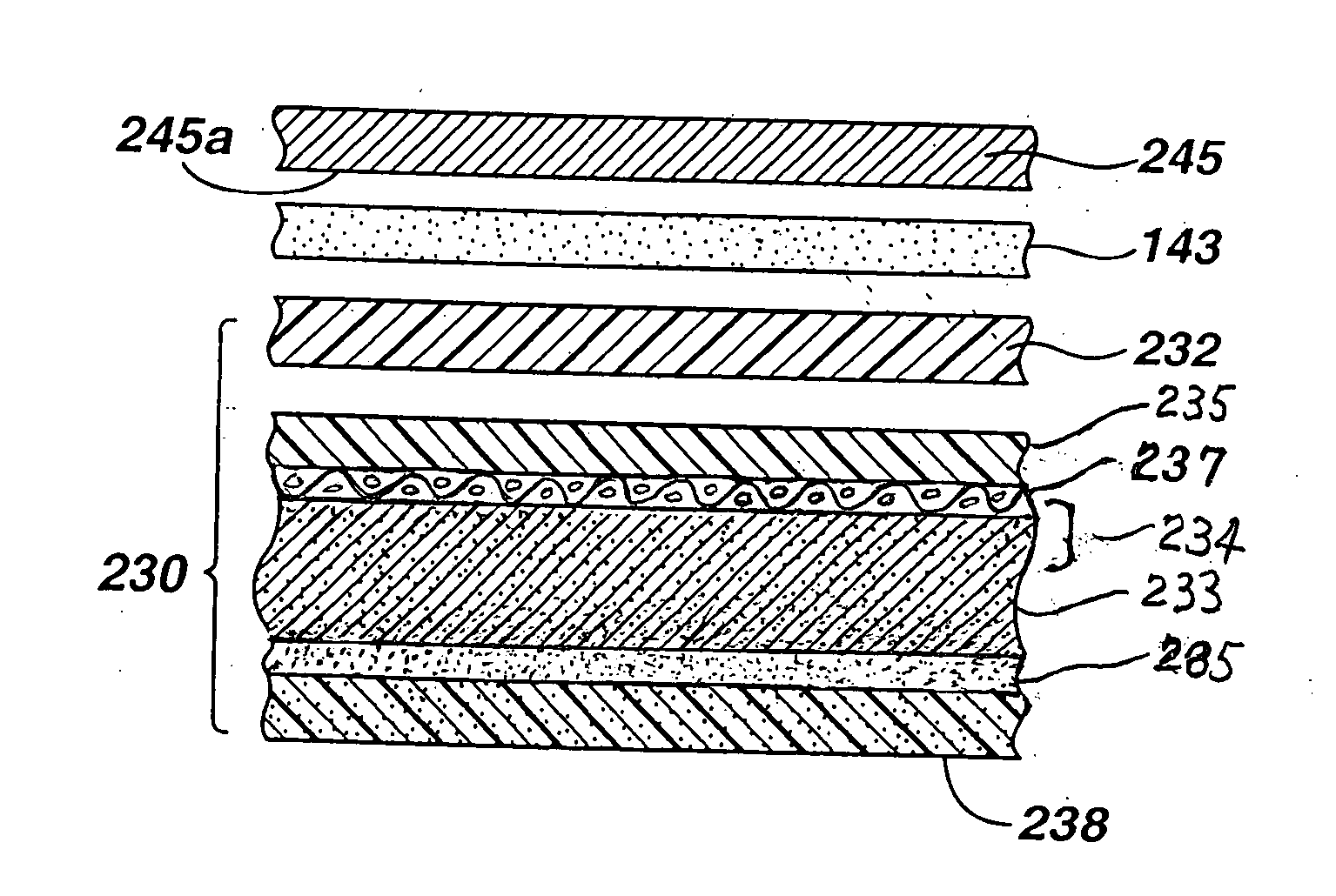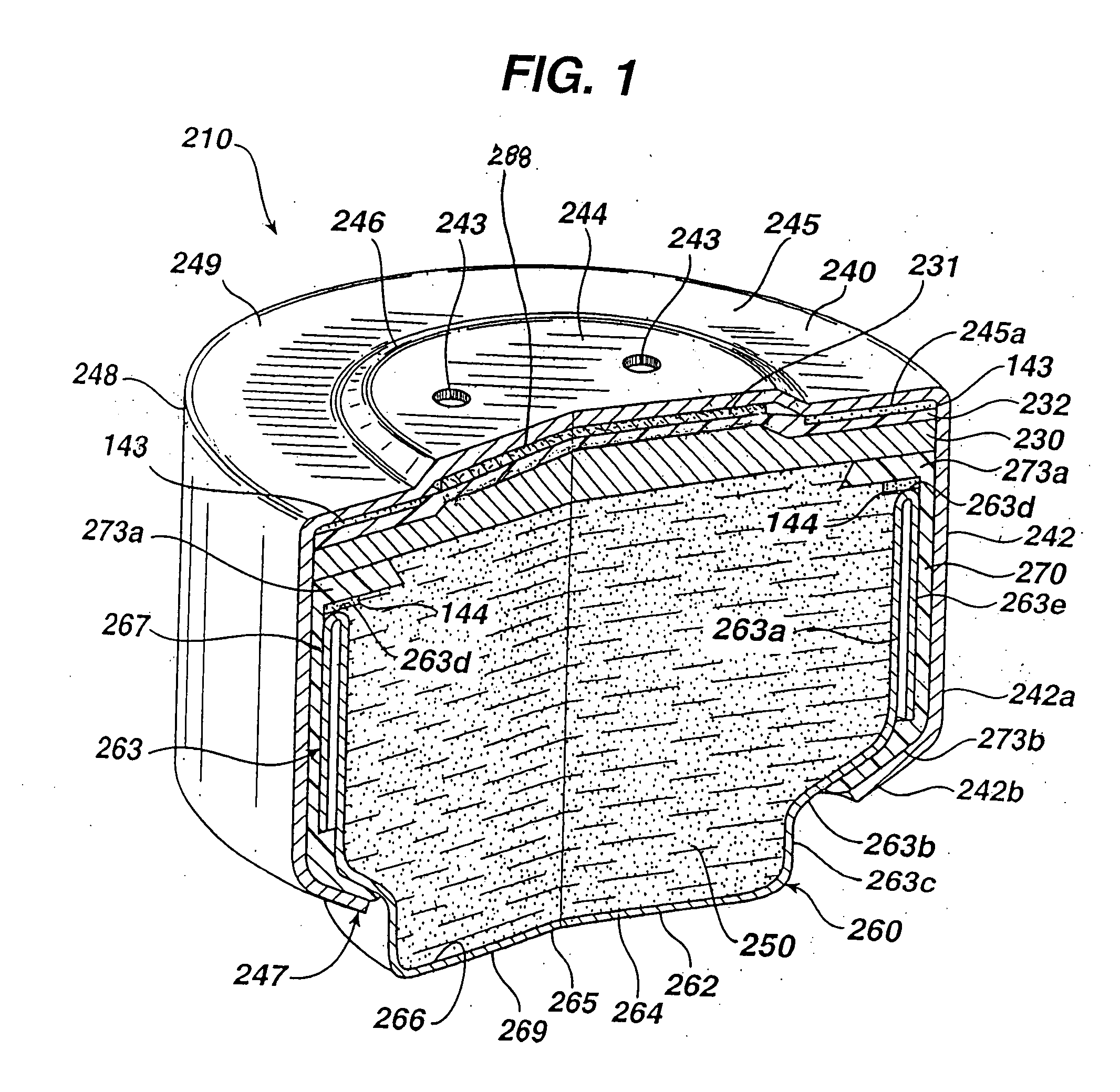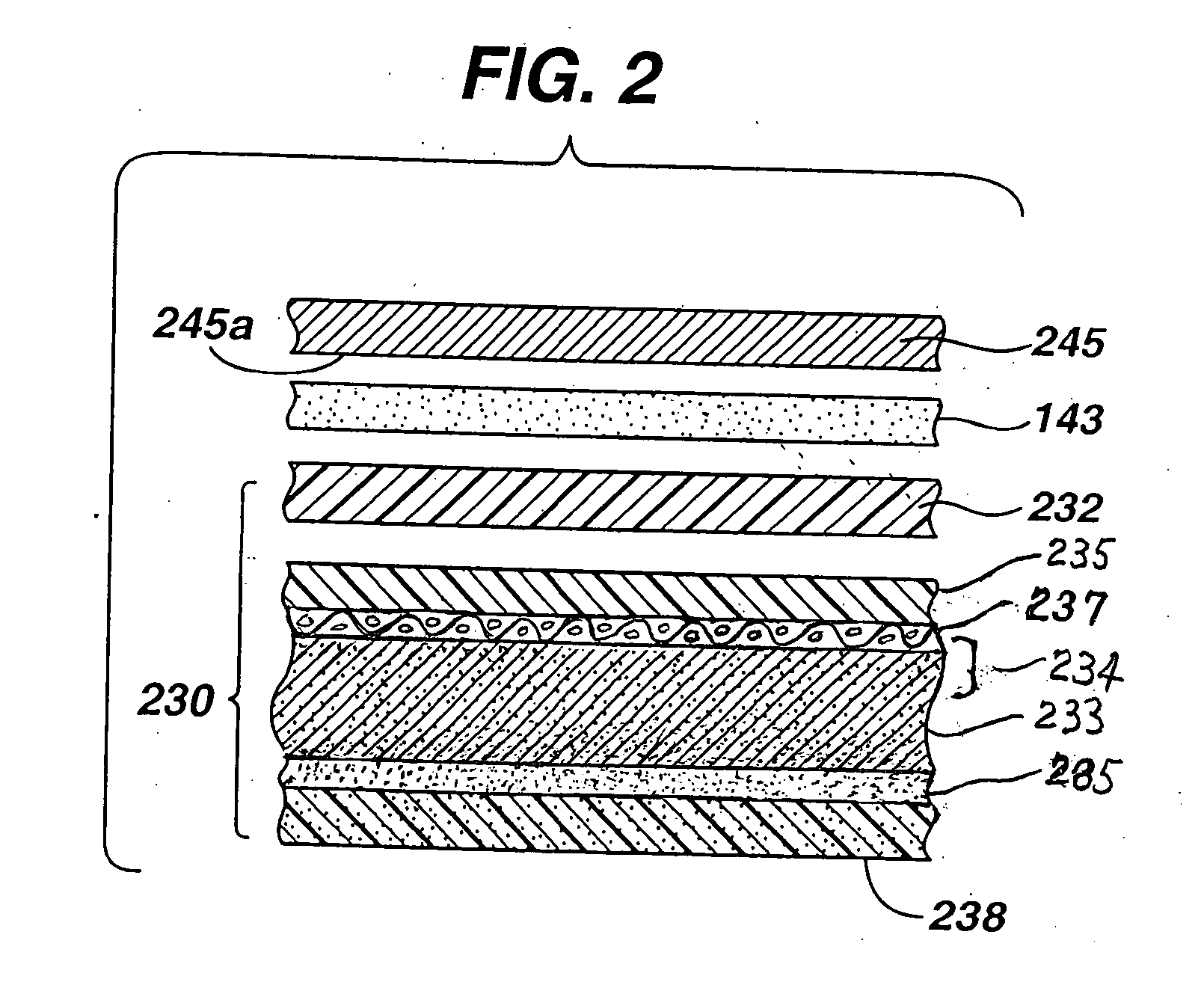Zinc/air cell
a zinc/air cell and air cell technology, applied in the field of metal/air cells, can solve the problems of affecting the overall good cell performance of the cell, and affecting the overall good cell performan
- Summary
- Abstract
- Description
- Claims
- Application Information
AI Technical Summary
Benefits of technology
Problems solved by technology
Method used
Image
Examples
Embodiment Construction
[0030] The invention is directed principally to air depolarized electrochemical cells. Such cells have a metal anode, typically comprising zinc within an anode casing, and there is an air inlet to the cathode material within the cathode casing. The cell is commonly referred to as a metal / air or air-depolarized cell, and more typically a zinc / air cell.
[0031] The zinc / air cell of the invention is desirably in the form of a miniature button cell. It has particular application as a power source for small electronic devices such as hearing aids. But such cells may also be used to power other electronic devices. The miniature zinc / air button cell of the invention typically has a disk-like cylindrical shape of diameter between about 4 and 20 mm, for example, between about 4 and 16 mm, preferably between about 4 and 12 mm. The miniature zinc / air button cell has a height between about 2 and 9 mm, preferably between about 2 and 6 mm. The miniature zinc / air cell typically has an operating loa...
PUM
 Login to View More
Login to View More Abstract
Description
Claims
Application Information
 Login to View More
Login to View More - R&D
- Intellectual Property
- Life Sciences
- Materials
- Tech Scout
- Unparalleled Data Quality
- Higher Quality Content
- 60% Fewer Hallucinations
Browse by: Latest US Patents, China's latest patents, Technical Efficacy Thesaurus, Application Domain, Technology Topic, Popular Technical Reports.
© 2025 PatSnap. All rights reserved.Legal|Privacy policy|Modern Slavery Act Transparency Statement|Sitemap|About US| Contact US: help@patsnap.com



